Coronation 18 September 1911 Name Osman Khan, | Role Prince Children Azam Jah, Moazzam Jah | |
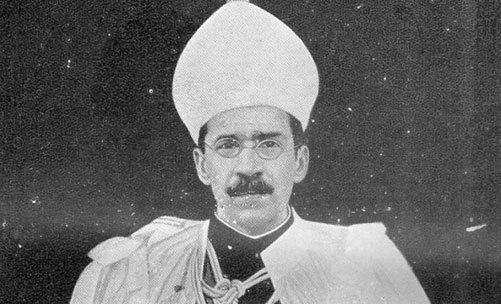 | ||
Reign Nizam: 1911–1948Titular Nizam: 1948–1967 Predecessor Mahbub Ali Khan, Asaf Jah VI Successor Monarchy abolished(Pretender:Mukarram Jah) Born 6 April 1886Purani Haveli, Hyderabad, Hyderabad State, British India(now in Telangana, India) ( 1886-04-06 ) Burial Judi Mosque, King Kothi Palace, Hyderabad, Andhra Pradesh, India(now in Telangana, India) Issue Azam, Moazzam, and at least 18 other sons and 19 daughters Died February 24, 1967, King Kothi Palace, Hyderabad Parents Mahbub Ali Khan, Asaf Jah VI Spouse Azmathunnisa Begum (m. 1906), Iqbal Begum Grandchildren Mukarram Jah, Muffakham Jah, Sakina Begum Similar People Mukarram Jah, Princess Durru Shehvar, Princess Niloufer, Moazzam Jah, Muffakham Jah | ||
Osman ali khan asaf jah vii
His Exalted Highness (H.E.H) Nawab Sir Mir Osman Ali Khan Siddiqi, Bayafandi Asaf Jah - the VIIth (born Mir Osman Ali Khan Bahadur) (6 April 1886 – 24 February 1967), was the last Nizam (or ruler) of the Princely State of Hyderabad and Berar. He ruled Hyderabad between 1911 and 1948, until it was annexed by India. He was styled as His Exalted Highness H.E.H The Nizam of Hyderabad. Later he was made the Rajpramukh of Hyderabad State on 26 January 1950 and continued until 31 October 1956, after which the state was partitioned on linguistic basis and became part of Telangana, Karnataka and Maharashtra.
Contents
- Osman ali khan asaf jah vii
- FACTS THAT YOU MIGHT NOT HAVE KNOWN ABOUT THE LAST NIZAM OF HYDERABAD
- Reign
- Contributions to society
- Reforms in education and agriculture
- Osmania university
- Establishment of Hyderabad State Bank
- Contribution to Indias aerospace
- Wealth
- Gift to Queen Elizabeth
- Operation Polo and abdication
- Contribution to Indias war effort
- Name and titles
- Wives and children
- Later life
- British Empire
- References
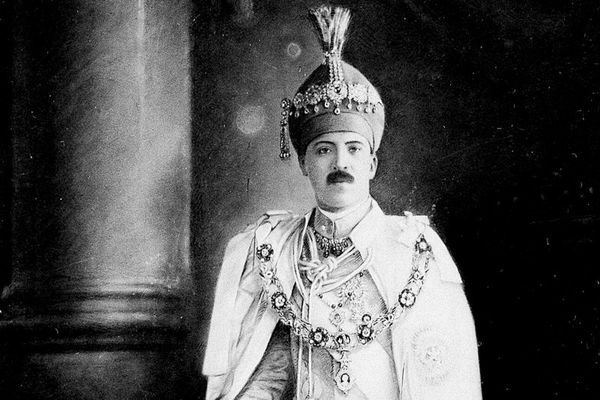
He built the Hyderabad House in Delhi, now used for diplomatic meetings by the Government of India.
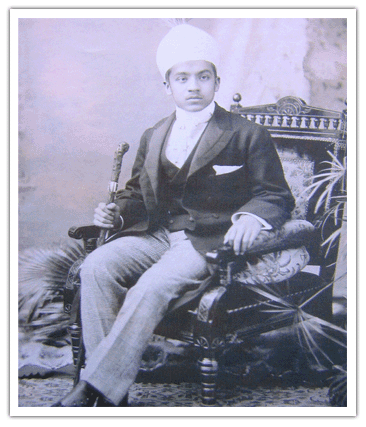
In 1937, he was on the cover of Time Magazine, labelled as the richest man in the world. CelebrityNetWorth also ranked him as one of the top ten wealthiest persons of all time in its inflation-adjusted list.
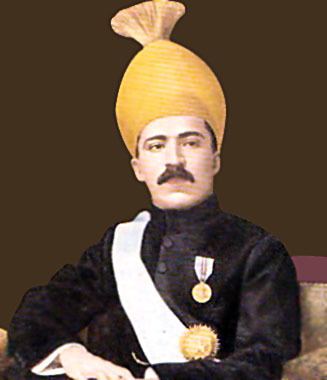
FACTS THAT YOU MIGHT NOT HAVE KNOWN ABOUT THE LAST NIZAM OF HYDERABAD ;
Reign
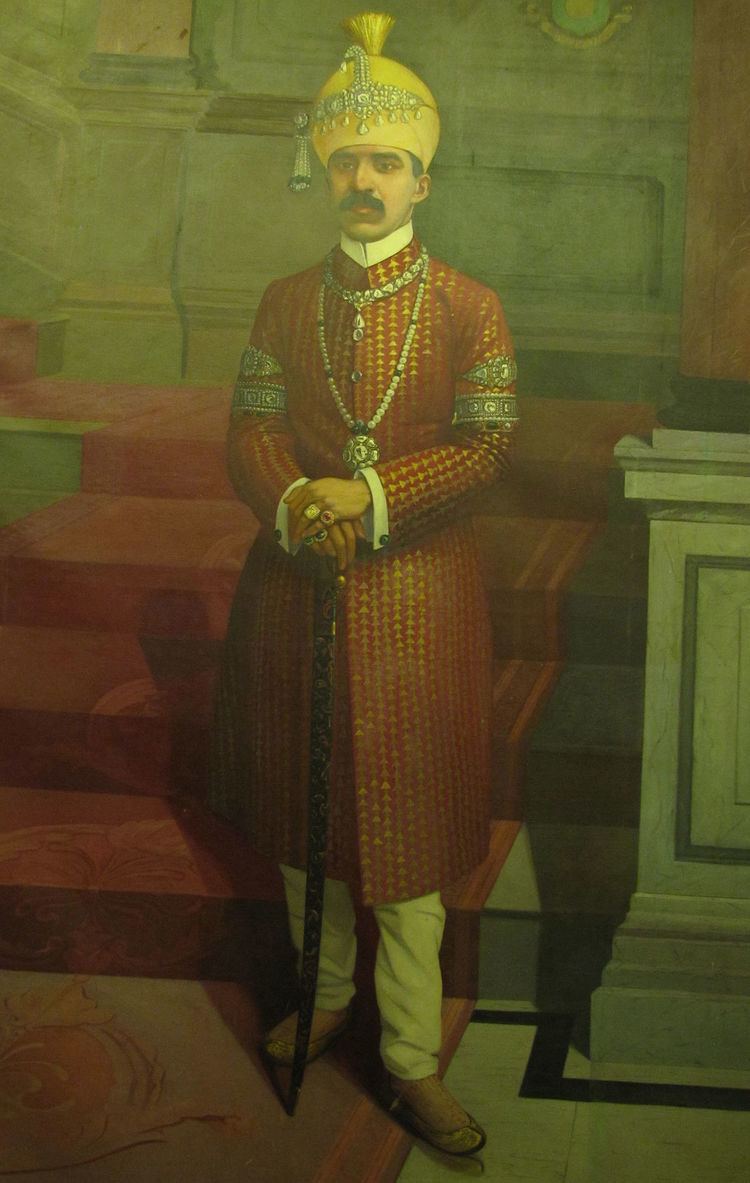
The Nizam's vast inheritance was accumulated as mining royalties apart from its land revenue. Hyderabad State in British India was the only supplier of diamonds for the global market in the 18th century.

He acceded as the Nizam of Hyderabad upon the death of his father in 1911. The state of Hyderabad was the largest of the princely states in pre-independence India. With an area of 86,000 square miles (223,000 km²), it was roughly the size of the present-day United Kingdom. Its ruler was the highest-ranking prince in India, was one of only five princes entitled to a 21-gun salute, held the unique title of "Nizam", and was created "His Exalted Highness" and "Faithful Ally of the British Crown" after World War One due to his financial contribution to the British Empire's war effort. (For example, No. 110 Squadron RAF's original complement of Airco DH.9A aircraft were Osman Ali's gift. Each aircraft bore an inscription to that effect, and the unit became known as the "Hyderabad Squadron".) He also paid for a Royal Australian Navy vessel, the N-class destroyer, HMAS Nizam commissioned in 1940.

He was the absolute ruler of this principality. In some accounts, he is held to have been a benevolent ruler who patronised education, science and development. During his 37-year rule electricity was introduced, railways, roads and airways were developed, the Nizamsagar lake in Hyderabad state was excavated and some irrigation projects on the Tungabhadra river were undertaken.
He lived at King Kothi Palace—bought from a nobleman—for all his life from age 13. He never moved to Chowmahalla Palace, even after his accession to the throne.
Contributions to society
He built the Osmania University, the Osmania General Hospital, the High court and other institutions during his reign (1911-1948). Nearly all the major public buildings in Hyderabad city, such as the Osmania General Hospital, Hyderabad High Court, Asafiya Library now known as the State Central Library, Hyderabad, Town Hall now known as the Assembly Hall, Jubilee Hall, Hyderabad Museum, now known as the "State Museum", Nizamia Observatory and many other monuments were built during his reign.
Reforms in education and agriculture
During his reign, he introduced many educational reforms. Almost 11% of the Nizam's budget was spent on education.
He made large donations to many institutions in India and abroad with special emphasis given to educational institutions such as the Jamia Nizamia, the Darul Uloom Deoband, Banaras Hindu University and Aligarh Muslim University.
The foundation of agricultural research in Marathwada region of erstwhile Hyderabad state was laid by the Nizam with commencement of the Main Experimental Farm in 1918 in Parbhani. Though during the Nizam's rule agricultural education was available only at Hyderabad, crop research centres for sorghum, cotton, and fruits existed in Parbhani. After independence, this facility was developed further by the Indian government which turned into Marathwada Agriculture University on 18 May 1972.
Osmania university
He founded Osmania University; today it is one of the biggest universities in India. Schools, colleges and a Department for Translation were set up. Primary education was made compulsory and provided free for the poor.
Establishment of Hyderabad State Bank
In 1941, he started his own bank, the "Hyderabad State Bank" (now State Bank of Hyderabad) as the state's central bank. It was established on 8 August 1941 under the Hyderabad State Bank Act. The bank managed the "Osmania sikka", the currency of the state of Hyderabad. It was the only state in India which had its own currency, the Hyderabadi rupee. Hyderabad was the only state in British India where the ruler was allowed to issue currency notes. In 1953, the bank absorbed, by merger, the Mercantile Bank of Hyderabad, which Raja Pannalal Pitti had founded in 1935.
In 1956, the Reserve Bank of India took over the bank as its first subsidiary and renamed it State Bank of Hyderabad. The Subsidiary Banks Act was passed in 1959. On 1 October 1959, SBH and the other banks of the princely states became subsidiaries of SBI. It merged with SBI on 31 March 2017.
Contribution to India's aerospace
Begumpet Airport was established in the 1930s with formation of Hyderabad Aero Club by the Nizam. Initially it was used as a domestic and international airport for the Nizam's Deccan Airways, the earliest airline in British India. The terminal building was created in 1937.
Wealth
The Nizam possessed such enormous wealth that he was portrayed on the cover of TIME magazine on 22 February 1937, described as the world's richest man. He used the Jacob Diamond, a 185-carat diamond that is part of the Nizam's jewellery, a precious collection running into several thousand crores of rupees today, as a paperweight. During his days as Nizam, he was reputed to be the richest man in the world, having a fortune estimated at US$2 billion in the early 1940s ($34.2 billion today) or 2 per cent of the US economy then. At that time the treasury of the newly independent Union government of India reported annual revenue of US$1 billion only. The Nizam is widely believed to have remained as the richest man in South Asia until his death in 1967, though his fortunes fell to US$1 billion by then as more than 97% of his wealth, including jewellery belonging to his family including his daughter's and grand daughters, was taken away by the newly formed Indian Government. The Indian government still exhibits the jewellery as Nizam's jewellery Exhibition (now in Hyderabad).
There are 173 jewels, which include emeralds weighing nearly 2,000 carats (0.40 kg), and pearls exceeding 40 thousand chows. The collection includes gemstones, turban ornaments, necklaces and pendants, belts and buckles, earrings, armbands, bangles and bracelets, anklets, cufflinks and buttons, watch chains, and rings, toe rings, and nose rings.
Gift to Queen Elizabeth
In 1947, the Nizam made a gift of diamond jewels, including a tiara and necklace, to Queen Elizabeth on the occasion of her marriage. The brooches and necklace from this gift are still worn by the Queen and is known as Nizam of Hyderabad necklace.
Operation Polo and abdication
After Indian independence in 1947, the country was partitioned on religious lines into India and Pakistan. The princely states were left free to make whatever arrangement they wished with either India or Pakistan. The Nizam ruled over more than 16 million people and 82,698 square miles (214,190 km2) of territory when the British withdrew from the sub-continent in 1947. The Nizam refused to join either India or Pakistan, preferring to form a separate kingdom within the British Commonwealth of Nations.
This proposal for independence was rejected by the British government, but the Nizam continued to explore it. Towards this end, he kept up open negotiations with the Government of India regarding the modalities of a future relationship while opening covert negotiations with Pakistan in a similar vein. The Nizam cited the Razakars as evidence that the people of the state were opposed to any agreement with India.
Ultimately the new Indian government decided to invade and capture Hyderabad in 1948, in an operation code named Operation Polo. Under the supervision of Major General Jayanto Nath Chaudhuri, one division of the Indian Army and a tank brigade invaded Hyderabad.
Contribution to India's war effort
Prime Minister Lal Bahadur Shastri visited Hyderabad and requested the Nizam to contribute to the National Defence Fund, set up in the wake of the Indo-Chinese skirmish. Mir Osman Ali announced that he would contribute five tonnes of gold to augment the war fund. In monetary terms, the Nizam’s contribution was about Rs 75 lakh, or about three-fourth of the annual Privy Purse he received from the Centre.
The Nizam’s donation of 5,000 kg of gold to the National Defence Fund in 1965 was the biggest ever contribution by any individual or organisation in India and remains unsurpassed till today.
Name and titles
The Nizam was the honorary Colonel of the 20 Deccan Horse. In 1918, Nawab Mir Osman Ali Khan Siddqi Bahadur was elevated by King George V from His Highness to His Exalted Highness. In a letter dated 24 January 1918, the title Faithful Ally of the British Government was conferred on him.
His titles were:
Wives and children
On 14 April 1920, the Nizam married Sahebzadi Azmath unnisa Begum (Dulhan Pasha Begum) (1889–1955), daughter of Nawab Jahangir Jung Bahadur, at Eden Bagh now known as Eden Garden at King Kothi, Hyderabad at the age 21. Nawab Mir Khudrath Nawaz Jung Bahadur was the first brother-in-law of the Nizam, and the uncle of his sons Azam Jah (1907-1970), Moazzam Jah (1907-1987), and Shehzadi Pasha.
Azam Jah married Durru Shehvar, daughter of Abdul Mejid II (the last Ottoman Caliph and cousin and heir to the last Sultan of the Ottoman Empire) while Moazzam Jah married Princess Niloufer, a princess of the Ottoman empire.
The Nizam is reported to have had 149 children.
Later life
He died on Friday, 24 February 1967. He had willed that he be buried in Masjid-e Judi, a mosque where his mother was buried, that faced King Kothi Palace.
